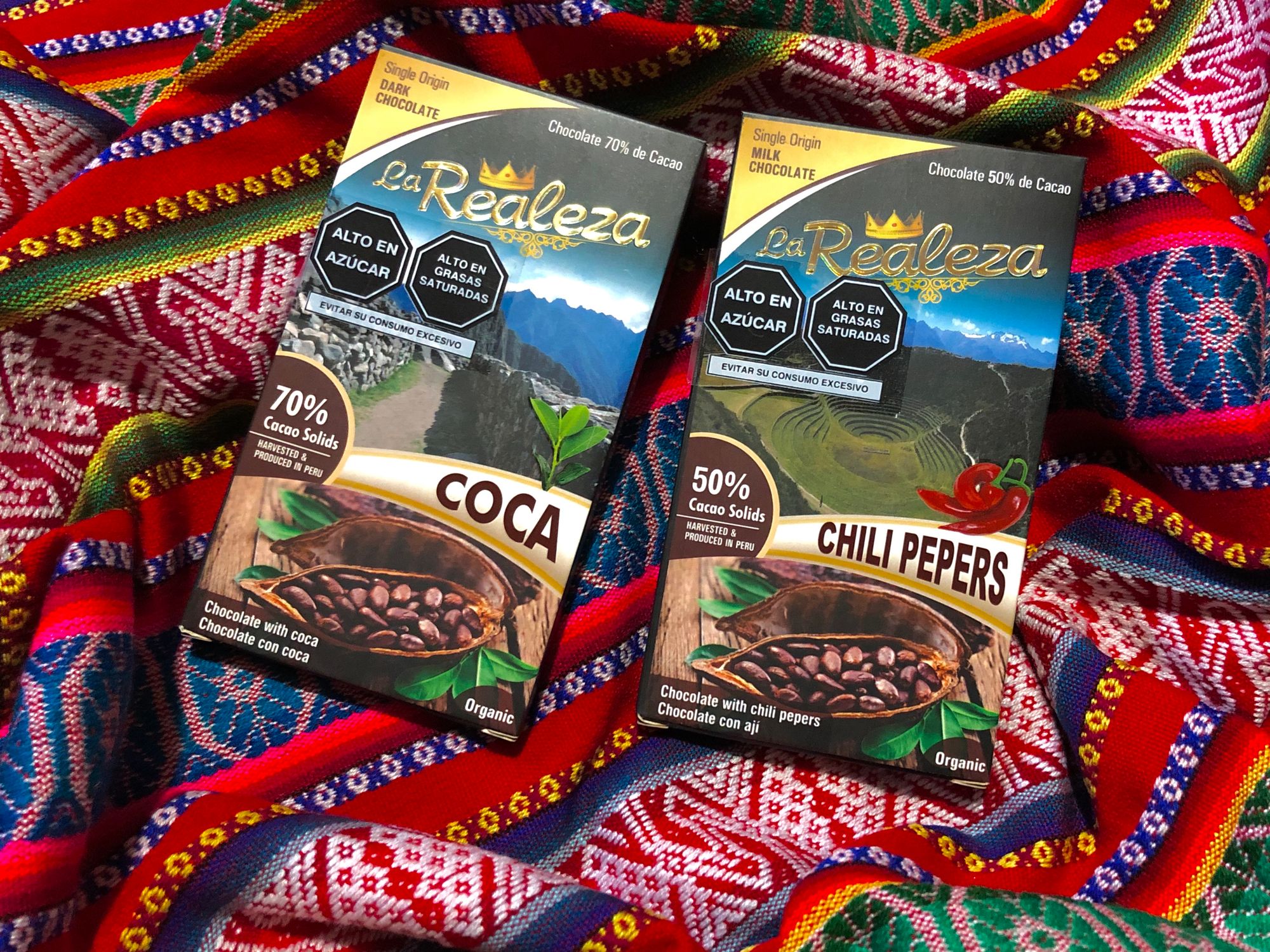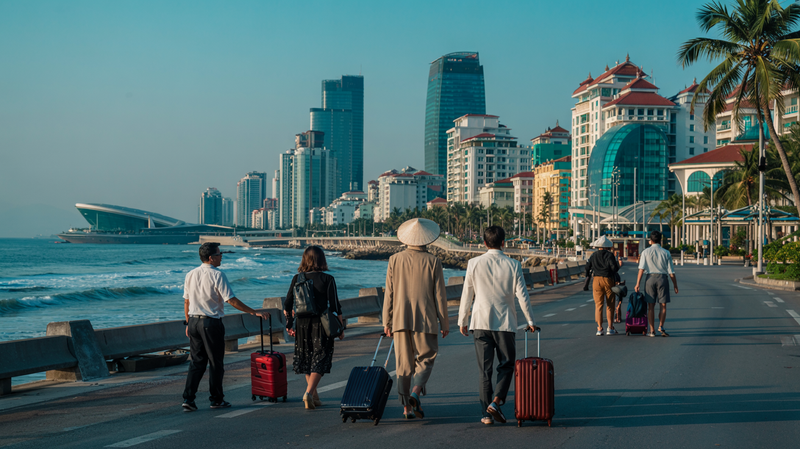Cusco's High Altitude Challenges: Coping with Oxygen Deprivation and the Role of Coca Leaves
At an elevation of 11,200 feet (3,400 meters), Cusco is one of the highest cities in the world, and visitors often grapple with the challenges of acclimatizing to its thin air. Oxygen deprivation, or altitude sickness, is a common issue for travelers to Cusco and can manifest as

At an elevation of 11,200 feet (3,400 meters), Cusco is one of the highest cities in the world, and visitors often grapple with the challenges of acclimatizing to its thin air. Oxygen deprivation, or altitude sickness, is a common issue for travelers to Cusco and can manifest as headaches, nausea, dizziness, and shortness of breath. One of the most time-honored and effective remedies for combating altitude sickness in the region is the use of coca leaves, an integral part of Andean culture for thousands of years.
Here's an insight into the role of coca leaves in Cusco's high-altitude environment, and how they are incorporated into various products for both locals and visitors:
Traditional use of coca leaves: For centuries, the indigenous peoples of the Andes have relied on coca leaves to help them cope with the challenges of life at high altitudes. Chewing coca leaves or brewing them into tea can alleviate symptoms of altitude sickness, as well as provide an energy boost and suppress hunger. Coca leaves have long been an essential part of Andean culture, used in religious ceremonies, social gatherings, and even as a form of currency in ancient times.
Coca leaf tea (mate de coca): One of the most popular ways to consume coca leaves in Cusco and the surrounding region is by brewing them into a tea known as mate de coca. This soothing beverage is widely available in hotels, restaurants, and local markets, and is often recommended to tourists upon arrival to help them acclimatize to the high altitude. Mate de coca has a mild, slightly bitter flavor and is typically consumed without any added sweeteners.
Coca-infused candies and chocolates: Recognizing the benefits of coca leaves for altitude sickness, local artisans have incorporated them into a range of sweets and treats. Visitors to Cusco can find coca-infused candies, chocolates, and energy bars, which offer a delicious and convenient way to enjoy the benefits of coca leaves while exploring the city and its surroundings. These products are typically made using coca leaf extract, ensuring that the active ingredients are preserved while providing a more palatable flavor.
Gourmet coca products: As interest in coca leaves and their benefits has grown, innovative chefs and food producers in Cusco have begun experimenting with new ways to incorporate coca into their culinary creations. From coca-infused sauces and seasonings to coca-flavored ice cream and baked goods, these gourmet products offer a unique and intriguing taste of Andean culture for adventurous foodies.
Legal status and responsible use: It's important to note that while coca leaves are legal and widely accepted in Peru and neighboring Andean countries, they are classified as a controlled substance in many other parts of the world due to their association with the production of cocaine. Travelers should exercise caution and be aware of local laws and regulations when purchasing or consuming coca products.
In conclusion, coca leaves play a crucial role in helping locals and visitors alike adapt to the challenges of Cusco's high-altitude environment. From traditional tea and chewing practices to innovative candies and gourmet creations, the versatile coca leaf offers a fascinating glimpse into Andean culture while providing much-needed relief from the symptoms of altitude sickness.




